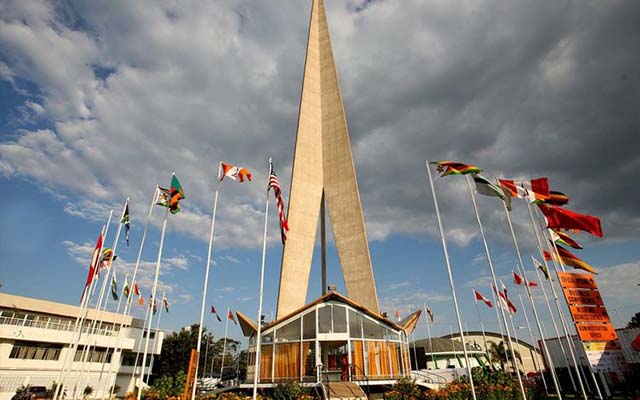Sadc to boost power output capacity
Southern African Power Pool co-ordination centre manager Dr Lawrence Musaba said new power plants were required to meet the region’s rising electricity needs.
“In the period between 2013-2016, SAPP plans to commission 17 856MW in an effort to avert a regional power crisis,” he said.
“The current transmission infrastructure would need to be improved so as to move power from the generating stations to the load centres.
“The distribution of power and development of the transmission infrastructure to transport power around the region would be crucial.”
Dr Musaba said Angola would increase its power output by 3 610MW while South Africa would add 7 893MW and Zimbabwe 630MW by 2016.
But he said there was need to provide incentives to lure more investors into the sector.
“Allow for VAT and tax exemptions for import of power equipment and machinery for a defined period.”
Dr Musaba urged Sadc countries to start developing hydro-power stations and not thermal ones.
“Member countries going forward should build hydro-power stations as they are sustainable, have a longer lifespan and low maintenance costs, compared with thermal power stations. For example, Kariba Power station began operations in the 1960s, while Hwange thermal power station was built in the 1980s, yet Kariba is proving to be sustainable and it is producing more than Hwange,” he said.
Zambia and Zimbabwe are jointly constructing the Batoka Hydro Electricity plant on the Zambezi River which is expected to add 1 650 megawatts to the two neighbours. Other Sadc countries are also implementing various projects aimed at increasing power output, including Mozambique where vast resources of natural gas have been discovered.
The SAPP estimates that by 2025 the SADC region would require at least 102 871 MW of electricity. — New Ziana.









Comments